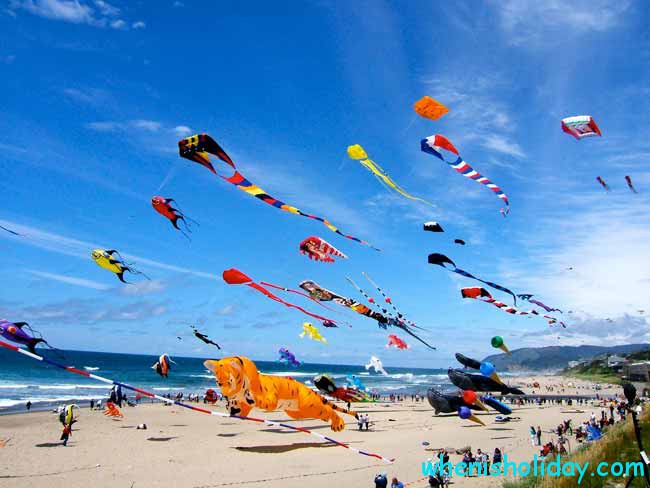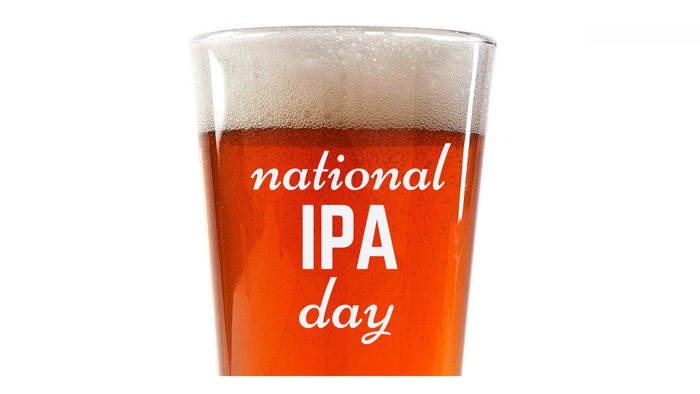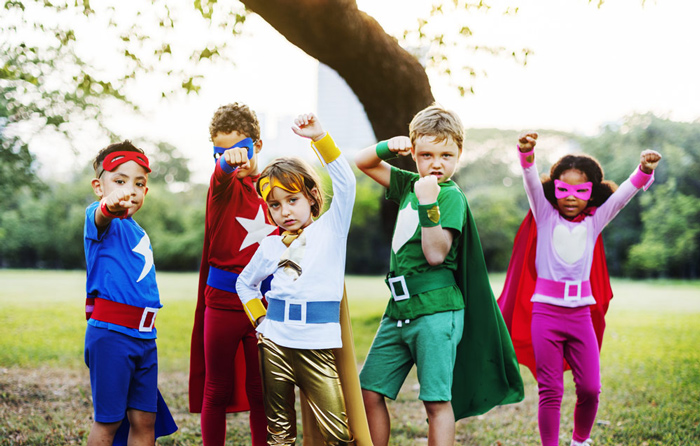Makar Sankranti is the Hindu harvest festival celebrated in the winter solstice day. It is celebrated in such different countries as India, Bangladesh , Nepal and many others in many different cultural forms. The celebrating is dedicated to the God of the Sun. It is considered to be a very favorable day for the spiritual and the worldly life. Makar Sankranti is usually celebrated on the 14th January throughout India, sometimes on the 15th January. It depends on the position of the Capricorn aerial in the sky. Moreover, it is the only Hindu celebrating which is calculated by the solar calendar, but not by the lunar one. Here we will talk about when is Makar Sankranti in 2025 and what is it.

History
There is an ancient legend that once upon a time one successful businessman found that his sesame seed might never end. When he checked his bag he found an idol of Lord Vishnu. Vishnu is known as the highest Hindu god – the keeper of the Universe. Now this celebrating is inextricably linked to the good harvest and lots of different food and meals.
Makar Sankrati has always symbolized the resurrection and the developing. The Sun is getting warmer and coming in. The days are getting longer. The farmers have already harvested the plants, the new period (cycle) is coming. Makar Sankrati is celebrated from the ancient times. People get the ritual bath in the Ganges River. It is one of the main rituals throughout it.
Let’s find out what is the date of Makar Sankranti 2025. Makar Sankranti is the beginning of the Capricorn period. In spite of it means that the daylight increases, many Indians believe the opposite.
Though Makar Sankranti is the most wide-spread name, there are some different names of it. For example: Karnataka, Uttarakhand, Himachal Pradesh and many others. Moreover, it is celebrated with some variations in different countries and regions.
Traditions of this celebrating are different sometimes and depend on the region or the state. For example, there are the different names of Makar Sankarti, as we have already said. But there are lots of similar. Makar Sankarti is usually celebrated in the 14th or the 15th of January and doesn’t matter which country in. As for what day is Makar Sankranti in 2025, it will be on the 14th of January.
Traditions
One of the main traditions is to have the ritual bath in the Ganges River. The Indians believe that it cures and clears both the body and the spirit. In spite of the pollution of the Ganges River there are a lot of people. Some of them take the water with themselves in the bottles to keep at home as the saint one.
During this festival people meet each other and make the different gifts, wish all best and reward to some people. For example, the students from the Philosophical faculties, who got the certificates. This celebration is very important because it brings only the positive. It is as important and fun for Indians as the Christmas or the New Year’s Day for Europeans.
It is accepted to make some gifts to each other. For example, the sugar or the sweets, the sesame and rice. People give them to each other and wish the friendship and the good thoughts between them. Makar Sankrati is the best time to visit the friends and relatives.
This festival celebrates are divided into four days:
- Day 1 – Bhoghi; this day people discard different old things and concentrate on the new ones. At the dawn they make a bonfire to burn some things as the old furniture which is not useful yet. It symbolizes that a man throws away the old bad habits and things to take something new and better. The children younger three years old are gifted be the Indian native jujube fruit called Ziziphus mauritiana.

- Day 2 – Makara Sankranti, the main day of this festival. That day people dress on the new clothes, getting away everything old. They pray to God and ask them about the luckiness and the wellness. People also make some sacrificing offerings of the traditional food to the ancestors who have already died. They also make the beautiful drawings on the ground with the flour in front of their houses. These drawings are called “muggu” or “Rangoli”. Sometimes Indians decorate the roof with leaves and flowers.
The day after Bhoghi is the best day to offer thanks to the cattle. Because exactly cattle helps the farmers in their difficult agricultural work. On this day people decorate the cattle by flowers and bells. Some people even decorate the horns by the different metal things. In some regions there are the bull contests – the most popular in the countryside. - Day 3 – Kanuma; this day Indians remember the animal kingdom. Especially the cows, which are considered to be saint there. People feed the animals. It symbolizes the thanksgiving to the Mother-Nature for the gifts and food. It is the most important day for the farmers. But now Kanuma is not celebrated as wide as before. Some parts of it are replaced to the second day of the festival. For example, the offering thanks to the cattle.
- Day 4 — Mukkanuma; the fourth and the last day of the festival. This day farmers pray for the good harvest and call to the spirits of the soil, water, air etc. Mukkanuma is the most popular day among the vegetarians. Also, exactly on this day people play with the kites and everyone may see the sky is full of them. It is a really exciting and beautiful show! This day is the final stage of the festival. It symbolizes the new year’s coming and new period which can bring new successes and developments.

So, if you want to visit this festival you need to know when is Makar Sankranti day 2025, calendar. This year it will be in the 14th of January.
The traditional food
All families cook the traditional food during this festival for the friends and relatives. The main products of this festival are: the sugar or the sweets, the sesame and rice. Indians make a lot of tasty and different meals from these products for Makar Sankranti celebrating.
The most popular are:
- Chakinalu – the popular rice flour snack. It is usually cooked in the Telangana region.
- Gare Appalu are the deep fried sweets like the European pancakes.
- Dappalam is the south Indian dish. Something like soup with lots of spices.
And many others to offer the Gods.






































